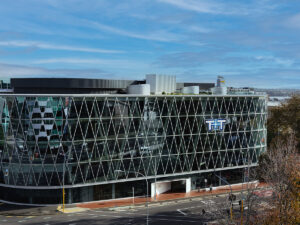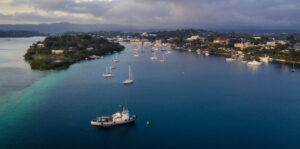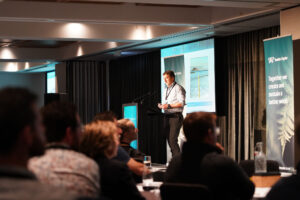16th World Conference on Earthquake Engineering, Santiago, 2017
Liquefaction is a major concern regarding earthquake damage to infrastructure. Recent earthquakes in New Zealand and resulting liquefaction caused significant damage to buried pipeline systems. Following the 4 September 2010 Mw=7.1 Darfield earthquake, five earthquakes (22 February 2011, Mw=6.2, 13 June 2011, Mw=5.3 at 1 p.m. and Mw=6.0 at 2:20 p.m. and 23 December 2011, Mw=5.8 at 1:58 p.m. and Mw=5.9 at 3:18 p.m.) and thousands of aftershocks have been recorded in the area of Christchurch, NZ. Show more…These earthquakes termed the Canterbury Earthquake Sequence (CES) are unprecedented in terms of repeated earthquake shocks with substantial levels of ground motion affecting a major city with modern infrastructure. This study focuses on the effects of 22 February 2011 Christchurch earthquake induced liquefaction on buried pipelines. Correlations were developed between pipe damage, expressed as repairs/km, and a recently developed parameter called liquefaction severity number (LSN). Cone Penetration Test (CPT) based liquefaction triggering procedures were used to calculate LSN values. Studies by Tonkin and Taylor [1,2] and van Ballegooy et al. [3, 4, 5, 6] have shown that LSN provides a good correlation with land and esidential house foundation damage observations recorded in Canterbury. According to results obtained in this study for buried pipelines, LSN has reasonably good correlation with asbestos cement (AC), cast iron (CI) and polyvinyl chloride (PVC) pipeline damage. Show less…




















